Home>Home Maintenance>How To Clean My Ventilation System
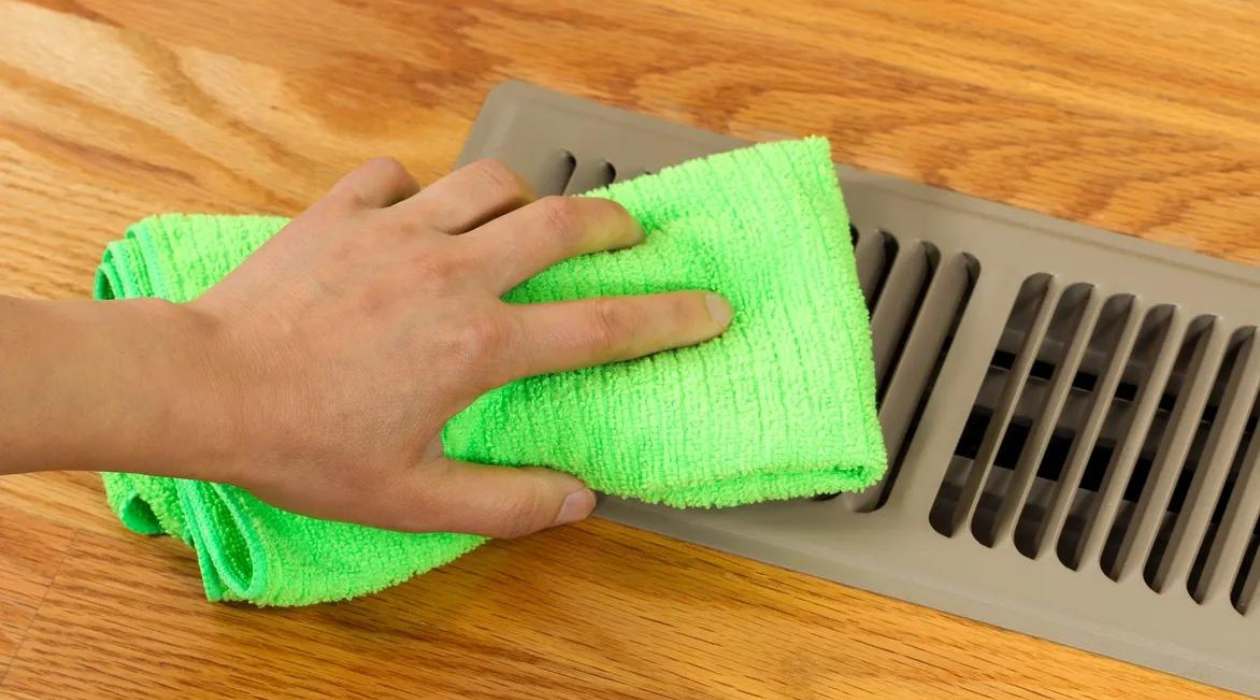

Home Maintenance
How To Clean My Ventilation System
Modified: March 6, 2024
Learn effective home maintenance tips on how to clean your ventilation system and ensure fresh and healthy air in your home.
(Many of the links in this article redirect to a specific reviewed product. Your purchase of these products through affiliate links helps to generate commission for Storables.com, at no extra cost. Learn more)
Introduction
Welcome to the ultimate guide on how to clean your ventilation system. Your home’s ventilation system plays a crucial role in maintaining indoor air quality and ensuring the comfort of your living space. Over time, dust, allergens, and debris can accumulate in the ducts, vents, and filters, hindering the system’s efficiency and potentially impacting your health.
Regular maintenance and cleaning of your ventilation system is essential to keep it running smoothly and to promote a healthy living environment. In this comprehensive guide, we will take you through a step-by-step process of cleaning your ventilation system, providing you with valuable tips, techniques, and recommendations along the way. By the end of this article, you’ll have all the knowledge you need to tackle this important home maintenance task.
Before we dive into the cleaning process, it’s important to emphasize the importance of safety precautions. Make sure to turn off the power to your ventilation system before starting any cleaning procedures. If you’re unfamiliar with HVAC systems or are uncertain about any step, it’s always best to consult a professional.
Now, let’s gather the necessary tools and get ready to clean your ventilation system!
Key Takeaways:
- Regularly cleaning your ventilation system with simple tools like a vacuum and soft-bristle brush can improve air quality and keep your home comfortable and healthy.
- Prioritize safety by turning off the power and wearing protective gear. If unsure, consult a professional for expert guidance on ventilation system maintenance.
Read more: How To Clean A Zephyr Range Hood
Step 1: Gather the necessary tools
Before you begin cleaning your ventilation system, it’s important to gather all the necessary tools and supplies. Having everything you need readily available will ensure a smoother and more efficient cleaning process. Here are the essential tools you’ll need:
- Dust mask: Protect your respiratory system from dust and debris by wearing a dust mask. This is especially important if you have allergies or respiratory conditions.
- Gloves: Wear gloves to protect your hands from any dirt, dust, or chemicals that you may come into contact with during the cleaning process.
- Screwdriver: You’ll need a screwdriver to remove the vent covers and access the interior of the ducts.
- Vacuum cleaner with attachments: A powerful vacuum cleaner with a brush attachment is crucial for removing dust and debris from the vents and ductwork. Make sure your vacuum has sufficient suction power.
- Soft-bristle brush: Use a soft-bristle brush to gently scrub away any stubborn dirt or grime from the vent covers and inside the ducts.
- All-purpose cleaner: Choose a mild all-purpose cleaner that is safe to use on various surfaces. Avoid abrasive cleaners that could damage the vent covers or other components of the ventilation system.
- Microfiber cloths: These cloths are excellent for wiping down surfaces and removing any residual dirt or cleaner.
- New air filters: If your air filters are dirty or clogged, it’s a good idea to replace them during the cleaning process. Check your manufacturer’s recommendations for the correct size and type of air filter for your system.
Once you have gathered all the necessary tools, you’ll be well-prepared to move on to the next step of the cleaning process. Remember, having the right tools at hand will make the job easier and more effective.
Step 2: Turn off the ventilation system
Before you begin cleaning your ventilation system, it’s crucial to ensure your safety by turning off the power to the system. This step is necessary to prevent any accidental injury while you work on the various components of the system.
Locate the main power switch or breaker that controls the ventilation system. This switch or breaker is typically located in the electrical panel of your home. If you’re unsure which switch or breaker controls your ventilation system, consult your owner’s manual or contact a professional for guidance.
Once you’ve identified the correct switch or breaker, turn it off to cut off the power supply to the system. It’s essential to verify that the system is completely shut off before proceeding with the cleaning process.
Turning off the ventilation system not only protects you from electrical hazards but also prevents the system from turning on while you’re working on it. This ensures that you can clean the components safely and without any disturbance.
Remember, safety is paramount. Always prioritize your well-being when working with electrical systems. Once you’ve successfully turned off the power, you can proceed to the next step of the cleaning process.
Step 3: Remove the vent covers
Now that the ventilation system is safely turned off, it’s time to remove the vent covers. Vent covers are typically located on the walls, ceilings, or floors and serve as entry points for the air to flow in and out of the ventilation system.
Before removing the vent covers, it’s a good idea to take a moment to inspect them for any visible dirt or debris. Use a flashlight to get a clear view of the condition of the vents. If you notice significant dust or dirt buildup, it’s an indication that cleaning is necessary.
To remove the vent covers, you’ll need a screwdriver. Carefully unscrew the screws that secure the vent covers in place. Set aside the screws in a safe spot to avoid misplacing them. Once the screws are removed, gently pull the vent cover away from the opening. Be cautious not to damage the surrounding area or the vent cover itself.
Depending on the design of your vent covers, you may encounter some resistance when removing them. If this is the case, try wiggling the cover gently to loosen it, but be careful not to force it. If you’re having difficulty, it’s best to seek professional help to avoid any potential damage.
As you remove each vent cover, it’s a good idea to place them on a drop cloth or towel to avoid spreading any dust or debris. This will make cleaning the vent covers easier later on in the process.
With the vent covers successfully removed, you’re now ready to move on to the next crucial step: cleaning the vent covers themselves.
Step 4: Clean the vent covers
With the vent covers removed, it’s time to clean them thoroughly to remove any accumulated dust, dirt, or debris. Cleaning the vent covers is essential to ensure proper airflow and prevent the recirculation of dust and allergens into your home.
Start by giving the vent covers a visual inspection. Use a flashlight to check for any stubborn dirt or grime that may require extra attention. If you notice any visible buildup, it’s best to tackle it before moving on to the overall cleaning process.
To clean the vent covers, you can use a soft-bristle brush or a cloth. Gently brush away any loose dirt and dust from the surface of the vent covers. Be thorough but cautious to avoid damaging the covers. If needed, slightly dampen the cloth with mild all-purpose cleaner and carefully wipe down the vent covers to remove any remaining dirt or grime.
If your vent covers are particularly dirty or greasy, you may need to soak them in warm soapy water for a few minutes before scrubbing them gently with a brush. Ensure the vent covers are completely dry before reinstalling them.
For metal vent covers, you can use a metal polish or a mixture of vinegar and water to remove any tarnish or stubborn stains. Apply the polish or vinegar solution with a cloth and gently buff the surface, following the manufacturer’s instructions if applicable. Once again, ensure the vent covers are thoroughly dry before reattaching them.
Alternatively, if you prefer a more convenient option, you can also consider using a handheld steam cleaner to effectively remove dirt and grime from the vent covers. Steam cleaning not only cleans the surfaces but also helps sanitize them, eliminating any potential allergens or bacteria.
After cleaning the vent covers, take a moment to inspect them again for any missed spots or remaining debris. Once you’re satisfied with their cleanliness, it’s time to move on to the next step: vacuuming the ductwork.
Read more: How Wide Should My Range Hood Be
Step 5: Vacuum the ductwork
Now that the vent covers are clean, it’s time to focus on removing dust and debris from the ductwork itself. Vacuuming the ductwork is an essential step in ensuring optimal airflow and preventing the recirculation of dust and allergens throughout your home.
Start by attaching a brush attachment or a long, flexible hose to your vacuum cleaner. This will allow you to reach deep into the ductwork and effectively remove any loose dust and debris.
Begin by inserting the brush attachment or hose into each vent opening and slowly maneuver it back and forth. Pay extra attention to areas where you notice significant dust buildup. Move systematically through each vent, working your way from room to room until you’ve covered the entire ventilation system.
As you vacuum, you may notice dust and debris being sucked into the vacuum cleaner. This is a good sign that the cleaning process is effective. However, it’s important to keep a close eye on the vacuum cleaner’s performance and empty the canister or replace the bag as needed to maintain maximum suction power.
If you come across any particularly stubborn dirt or debris that cannot be removed with the vacuum alone, you may consider using a brush or a damp cloth to gently scrub the area. However, be cautious not to damage the interior of the ductwork or dislodge any important components.
It’s worth noting that if you suspect mold growth or significant accumulations of dirt and debris in your ductwork, it’s best to consult a professional duct cleaning service. They have specialized equipment and expertise to handle such situations safely and effectively.
Once you’ve thoroughly vacuumed the ductwork and feel confident that you’ve removed as much dirt and debris as possible, it’s time to move on to the next step in the cleaning process: cleaning the blower motor and fan.
Regularly change the air filters in your ventilation system to improve air quality and efficiency. Use high-quality filters and follow manufacturer’s recommendations.
Step 6: Clean the blower motor and fan
Now that the ductwork is vacuumed, it’s important to shift your attention to the blower motor and fan. These components play a crucial role in circulating air throughout your ventilation system, so keeping them clean is essential for optimal performance.
Start by locating the blower motor, which is typically found near the main unit of your ventilation system. The motor is responsible for powering the fan and moving the air through the ducts. Before proceeding with cleaning, refer to your owner’s manual or consult a professional to ensure you’re handling the blower motor properly.
Begin by turning off the power to the ventilation system to prevent any accidents. You may need to remove a panel or cover to access the blower motor and fan. Use a screwdriver or the appropriate tool to remove any screws or fasteners holding the panel in place.
Once you have access to the blower motor and fan, visually inspect them for any visible dirt, dust, or debris. Use a flashlight to get a clear view of the components and identify any areas that require attention.
To clean the blower motor and fan, use a soft-bristle brush or a cloth to gently wipe away any dust or dirt accumulation. Be careful not to apply too much pressure or disturb any electrical connections or delicate parts of the motor.
If you notice more stubborn dirt or debris adhered to the blower motor and fan, you can use a vacuum cleaner with a brush attachment to carefully suction away any loose particles. Take your time and ensure you cover all the surfaces thoroughly.
It’s important to note that if you’re uncomfortable or unsure about cleaning the blower motor and fan, it’s best to seek professional assistance. They have the expertise and knowledge to handle these components safely and effectively.
Once you’re satisfied with the cleanliness of the blower motor and fan, be sure to reattach any panels or covers securely. Double-check that all the screws and fasteners are tight to prevent any unwanted noise or airflow disruption.
With the blower motor and fan cleaned, you’re now ready to move on to the next step: cleaning the air vents.
Step 7: Clean the air vents
After cleaning the blower motor and fan, it’s time to focus on cleaning the air vents themselves. The air vents, also known as registers or grilles, are the final point of contact before the conditioned air reaches the rooms in your home. Cleaning them ensures unrestricted airflow and prevents the recirculation of dust and allergens.
Start by inspecting the air vents for any visible dust or debris. Use a flashlight to get a clear view of the condition of the vents. If you notice significant buildup, it’s an indication that cleaning is necessary.
To clean the air vents, use a soft-bristle brush or a cloth to gently remove any dust or dirt from the surface. You can also consider using a vacuum cleaner with a brush attachment to suck up any loose debris.
If your air vents have stubborn dirt or grime, you can use a mild all-purpose cleaner. Dilute the cleaner according to the manufacturer’s instructions, apply it to a cloth, and carefully wipe down the vents. Use a gentle circular motion to ensure thorough cleaning while avoiding any damage to the vents.
Be sure to clean both the interior and exterior of the air vents. The exterior surface can accumulate dust and dirt from everyday activities, while the interior may have accumulated dust that has been recirculated through the system.
For ceiling vents, consider using a step ladder or a safe platform to reach them easily. Take care not to exert too much pressure or strain on the vents to prevent any damage or misalignment.
Once you’ve cleaned all the air vents throughout your home, take a moment to inspect them again for any missed spots or remaining debris. Ensure that the vents are completely dry before reattaching them.
Replacing the air filters, if necessary, is also recommended at this stage. Dirty or clogged filters can hinder the efficiency of your ventilation system and affect indoor air quality. Follow the manufacturer’s instructions to replace the air filters with the appropriate size and type for your system.
With the air vents cleaned and the air filters replaced, you’re now ready to move on to the final steps: replacing the vent covers and turning on the ventilation system.
Step 8: Replace the vent covers
Now that you have thoroughly cleaned the air vents, it’s time to reattach the vent covers. The vent covers not only provide a finished look to your home’s interior but also serve as a barrier to prevent dust and debris from entering the ductwork.
Start by positioning the vent covers back in place over the openings where they were originally installed. Ensure that they fit securely and align properly with the surrounding surface. If necessary, adjust the position of the vents to achieve a flush and even appearance.
Once the vent covers are in position, use a screwdriver to reattach them. Insert the screws into the designated holes on the vent covers and carefully tighten them, taking care not to overtighten and damage the vent covers or surrounding areas.
Ensure that all the vent covers are securely fastened before proceeding to the next step. Loose or improperly attached vent covers can disrupt airflow and may eventually fall off, causing inconvenience and potential damage to the ventilation system.
With the vent covers now replaced and secured, take a moment to inspect them again for any misalignment or visible issues. Adjust them as necessary to achieve a uniform and aesthetically pleasing look throughout your home.
Replacing the vent covers not only completes the cleaning process but also restores the functionality and appearance of your ventilation system. With the vent covers in place, you’re ready to move on to the final step: turning on the ventilation system.
It’s important to note that if you notice any damage or deterioration to the vent covers during the cleaning process, it may be necessary to replace them. Damaged vent covers can hinder proper airflow and compromise the system’s efficiency.
Now that the vent covers are securely in place, it’s time to move on to the last step: turning on the ventilation system.
Read more: Why Is My Range Hood Dripping Water
Step 9: Turn on the ventilation system
Congratulations! You’re almost done with the cleaning process. The final step is to turn on the ventilation system and ensure that everything is functioning as it should. Turning on the system will allow you to assess the effectiveness of your cleaning efforts and enjoy the clean, fresh air in your home.
Locate the main power switch or breaker that controls the ventilation system. Ensure that it is in the “on” position. Once the power is restored, you should hear the system come to life as it begins to circulate air.
Take a moment to listen for any unusual noises or vibrations. Pay attention to any air leaks or poor airflow that may indicate a problem with the system. If you notice anything out of the ordinary, it may be necessary to seek professional assistance to troubleshoot and address the issue.
Observe the airflow from the air vents throughout your home. It should feel consistent and evenly distributed. If you notice weak or uneven airflow, it may be an indication of a blockage or a more significant issue with the ventilation system that requires professional attention.
As the system operates, take note of any odors. A clean ventilation system should distribute fresh, odorless air throughout your home. If you detect any strange or unpleasant smells, it may be a sign of mold, mildew, or a problem with the ductwork that should be addressed promptly.
Monitor the indoor air quality over the next few days to ensure that it remains fresh and free from dust and allergens. Regular maintenance, including changing air filters as recommended, will help keep your ventilation system running efficiently and your indoor air clean.
By following these steps and prioritizing regular cleaning and maintenance, you can enjoy a well-functioning ventilation system that promotes a healthy living environment for you and your family.
We hope this comprehensive guide has provided you with valuable insights and instructions on how to clean your ventilation system. Remember, if you’re unsure or uncomfortable with any step of the process, it’s always best to consult a professional HVAC technician who can provide expert guidance and assistance.
Happy cleaning!
Conclusion
Cleaning your ventilation system is a crucial part of home maintenance that ensures optimal airflow and a healthy living environment. By following the steps outlined in this comprehensive guide, you’ve learned how to effectively clean your vent covers, ductwork, blower motor, fan, and air vents. These steps, when performed regularly, can help improve indoor air quality and prevent the recirculation of dust, allergens, and debris throughout your home.
Throughout the process, it’s important to prioritize your safety by turning off the power to the ventilation system and wearing protective gear such as gloves and a dust mask. Additionally, it’s crucial to use the appropriate tools and cleaning products for each step, taking care not to damage any components or surfaces.
Regular maintenance and cleaning of your ventilation system will not only enhance its efficiency but also extend its lifespan. It can also contribute to energy savings by ensuring that your system doesn’t have to work harder to overcome obstructions caused by dust and debris. Plus, you’ll enjoy cleaner air and a more comfortable living environment for you and your family.
Remember, if you’re uncertain or uncomfortable with any step of the cleaning process, don’t hesitate to seek professional assistance. HVAC technicians have the knowledge and expertise to handle your ventilation system safely and effectively.
By incorporating regular ventilation system cleaning into your home maintenance routine, you’ll reap the benefits of improved indoor air quality, increased system efficiency, and a healthier living environment for years to come.
So, grab your tools and get ready to give your ventilation system the attention it deserves. Your home and your family will thank you!
Frequently Asked Questions about How To Clean My Ventilation System
Was this page helpful?
At Storables.com, we guarantee accurate and reliable information. Our content, validated by Expert Board Contributors, is crafted following stringent Editorial Policies. We're committed to providing you with well-researched, expert-backed insights for all your informational needs.
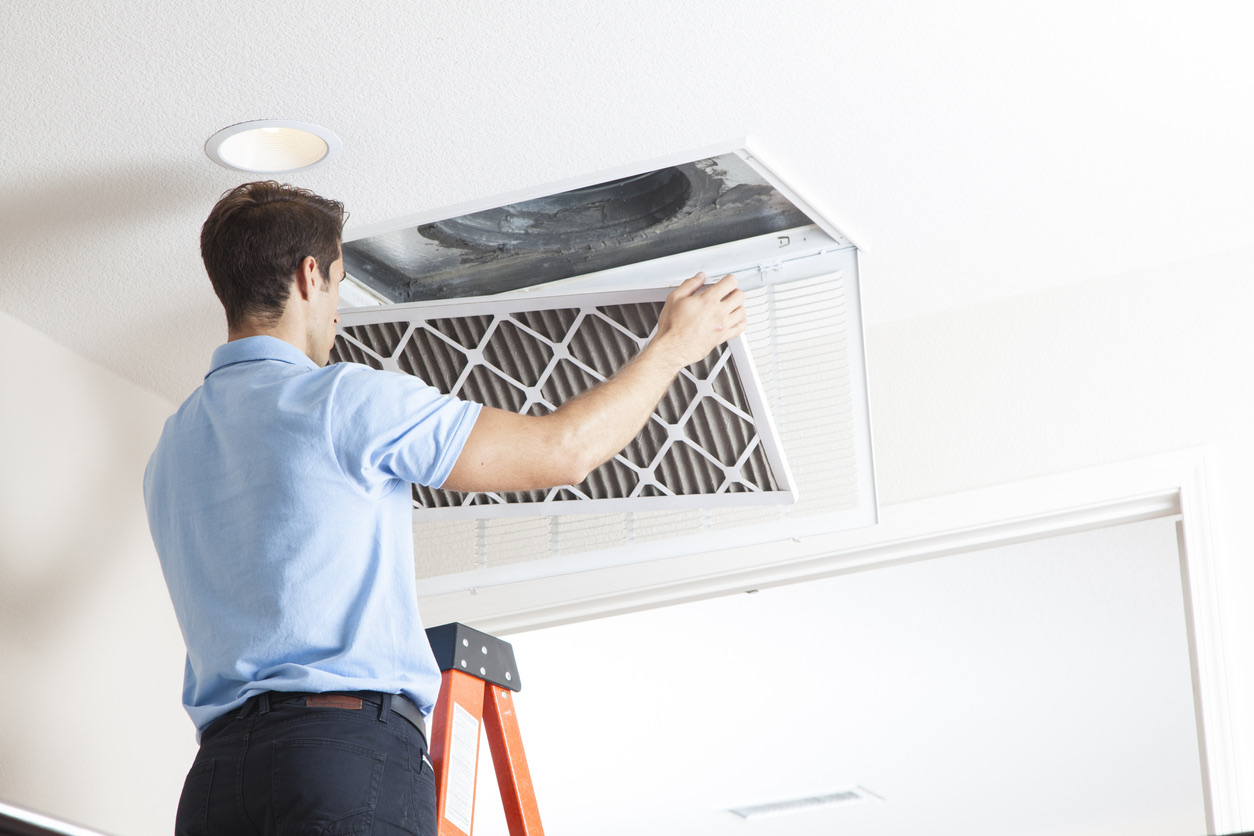
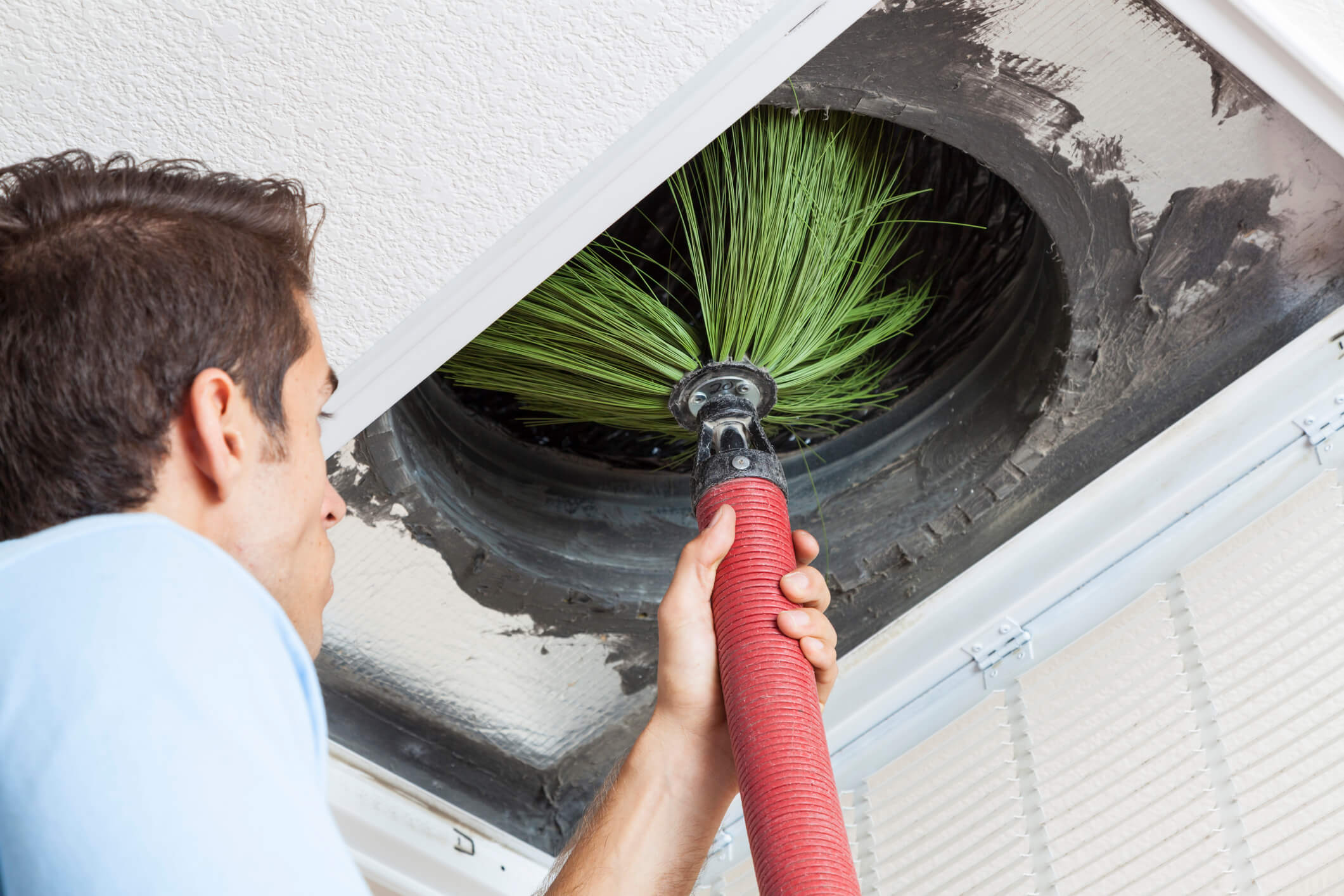
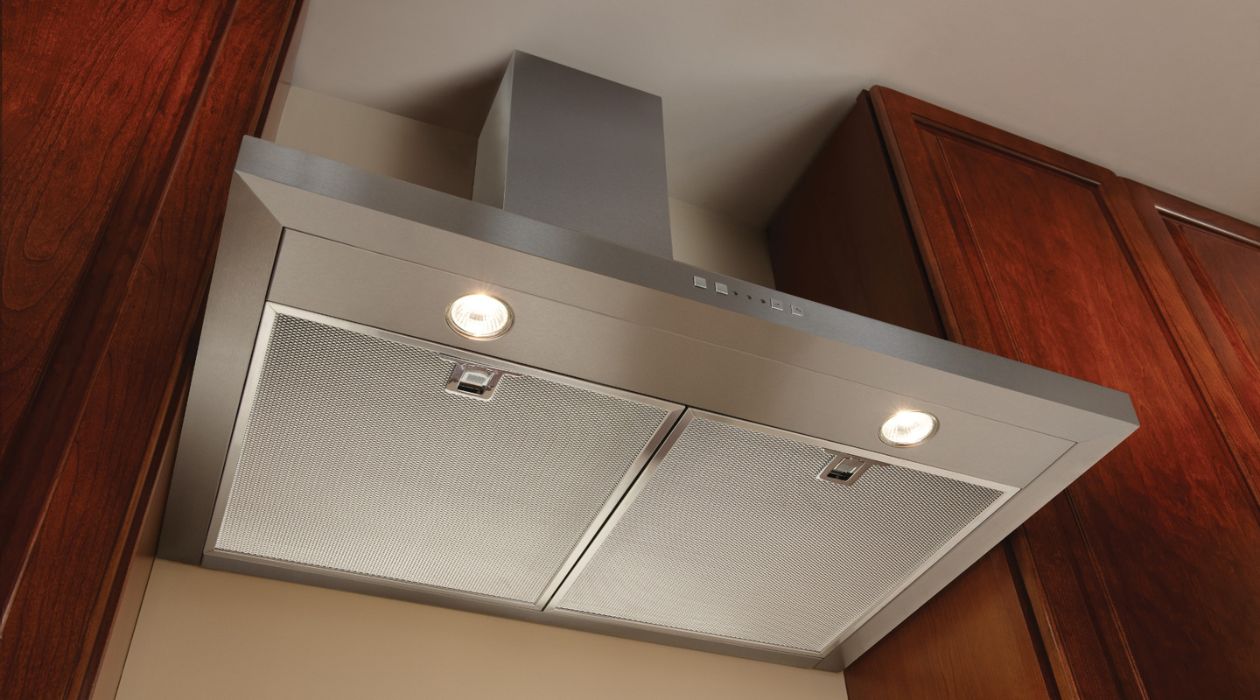
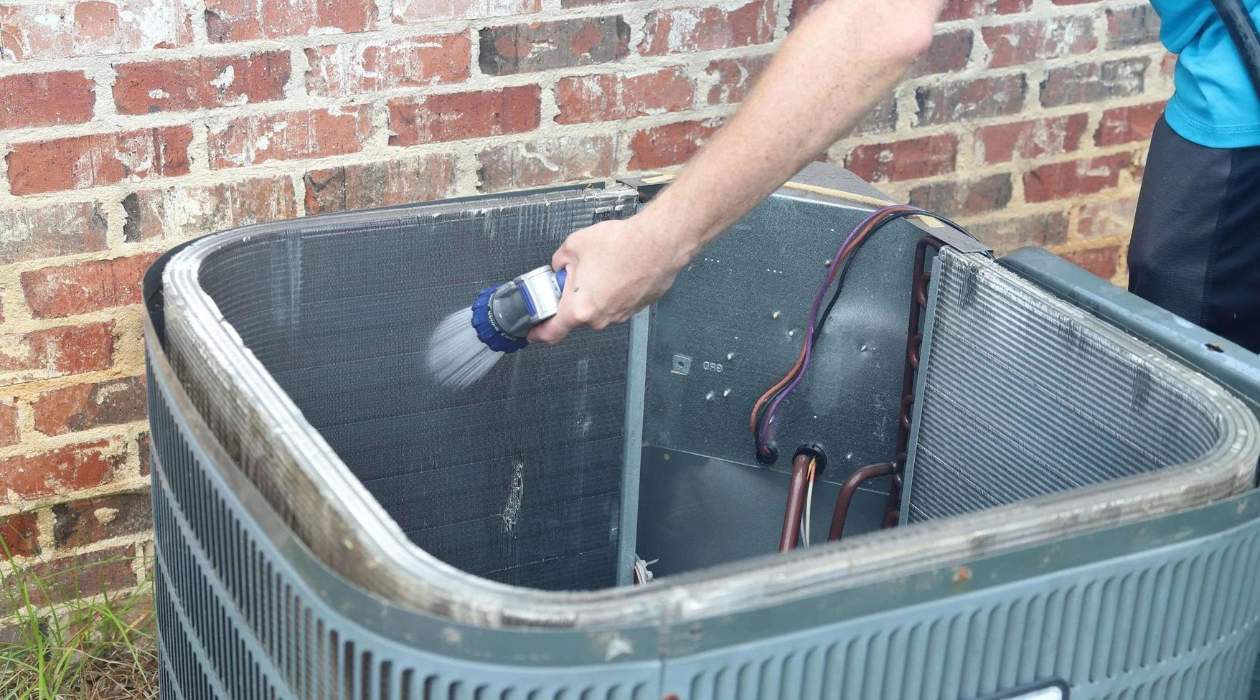
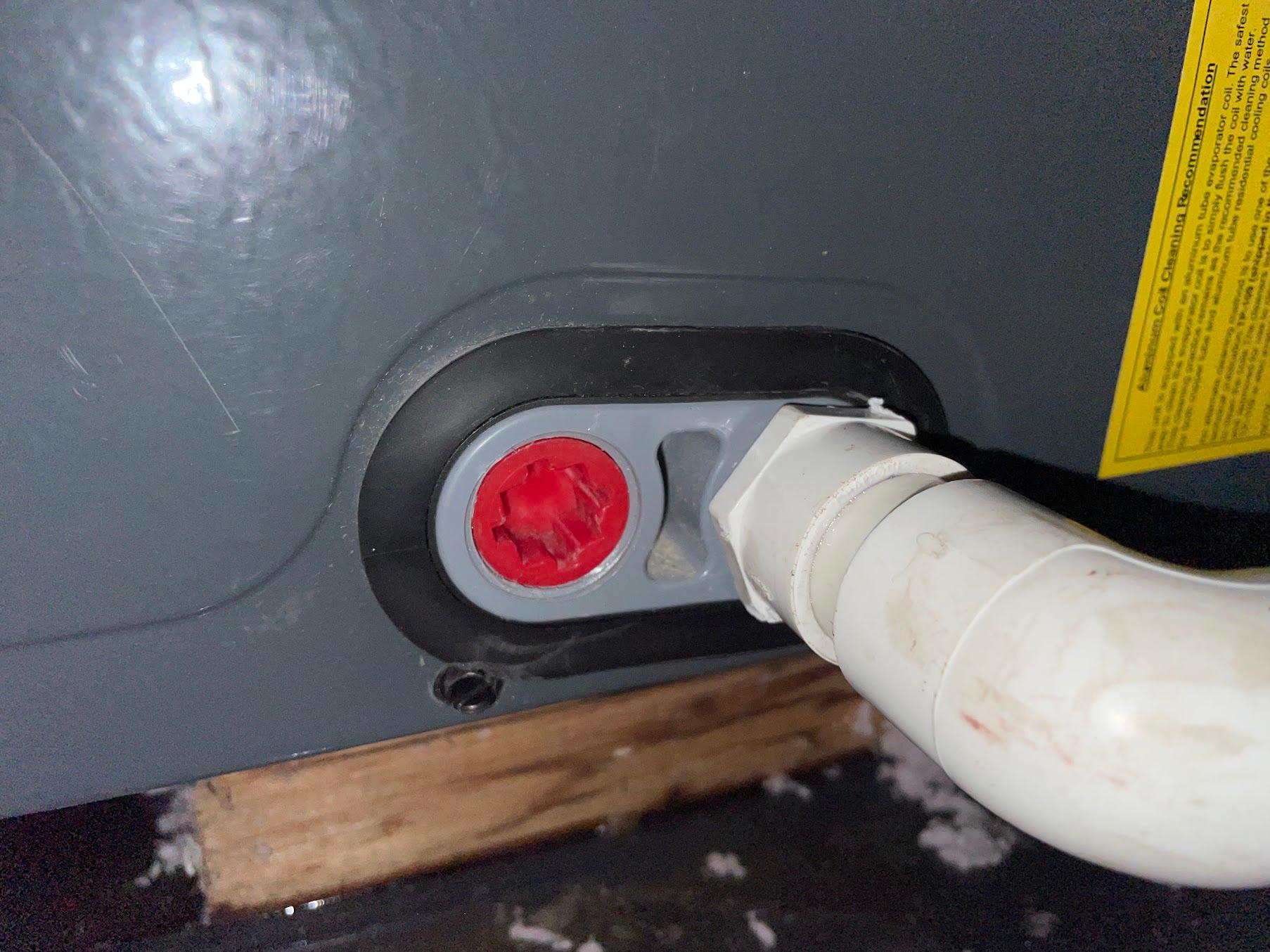
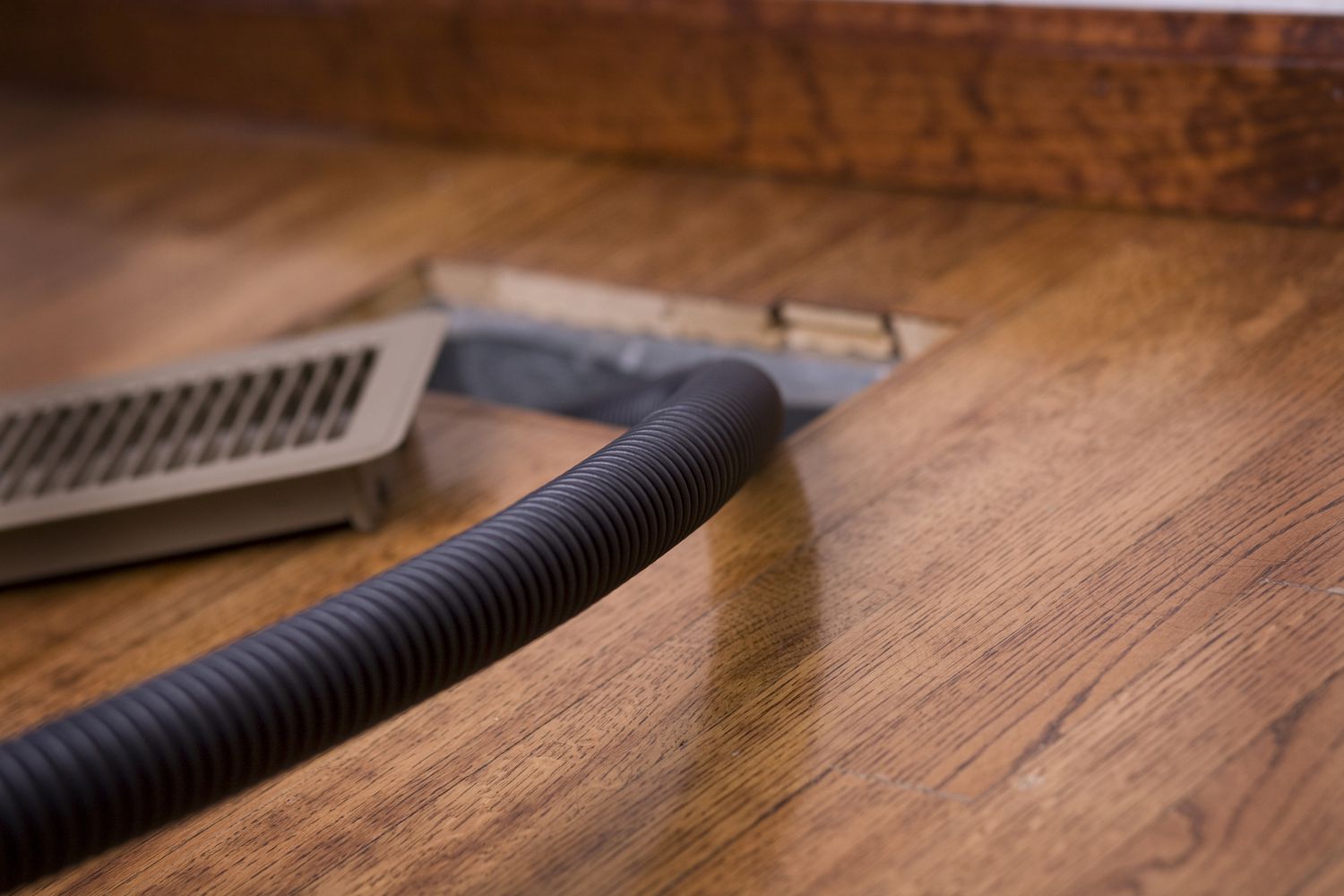
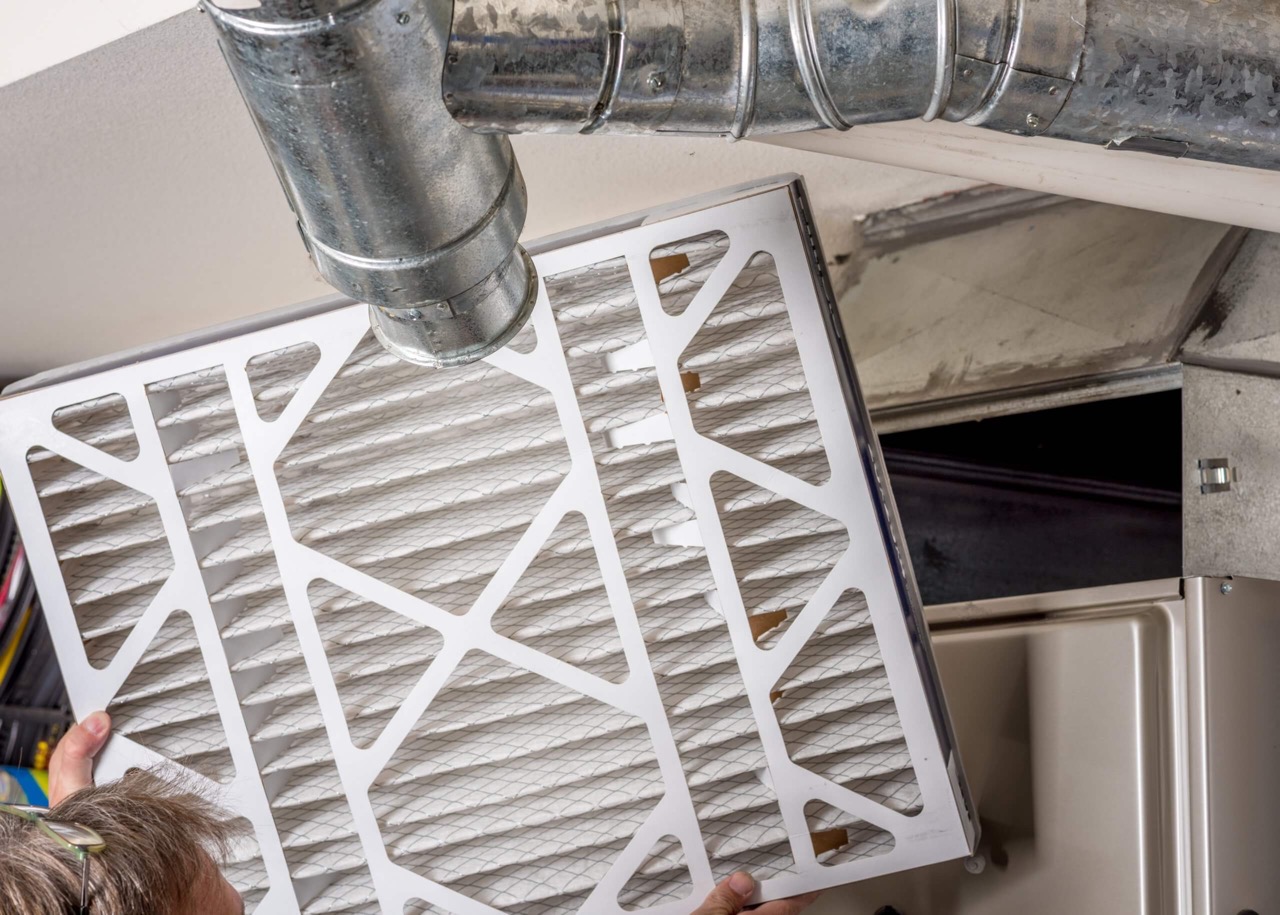
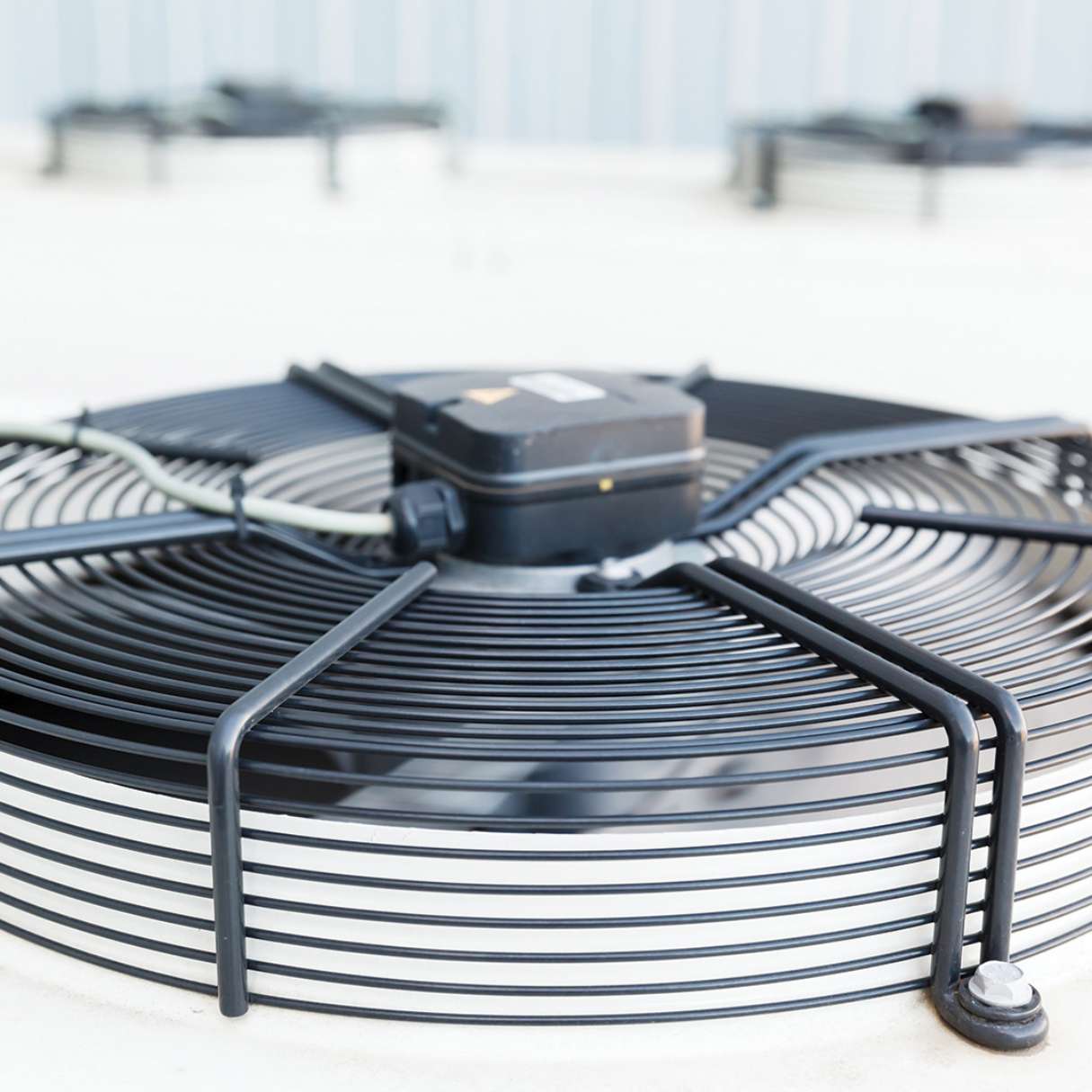
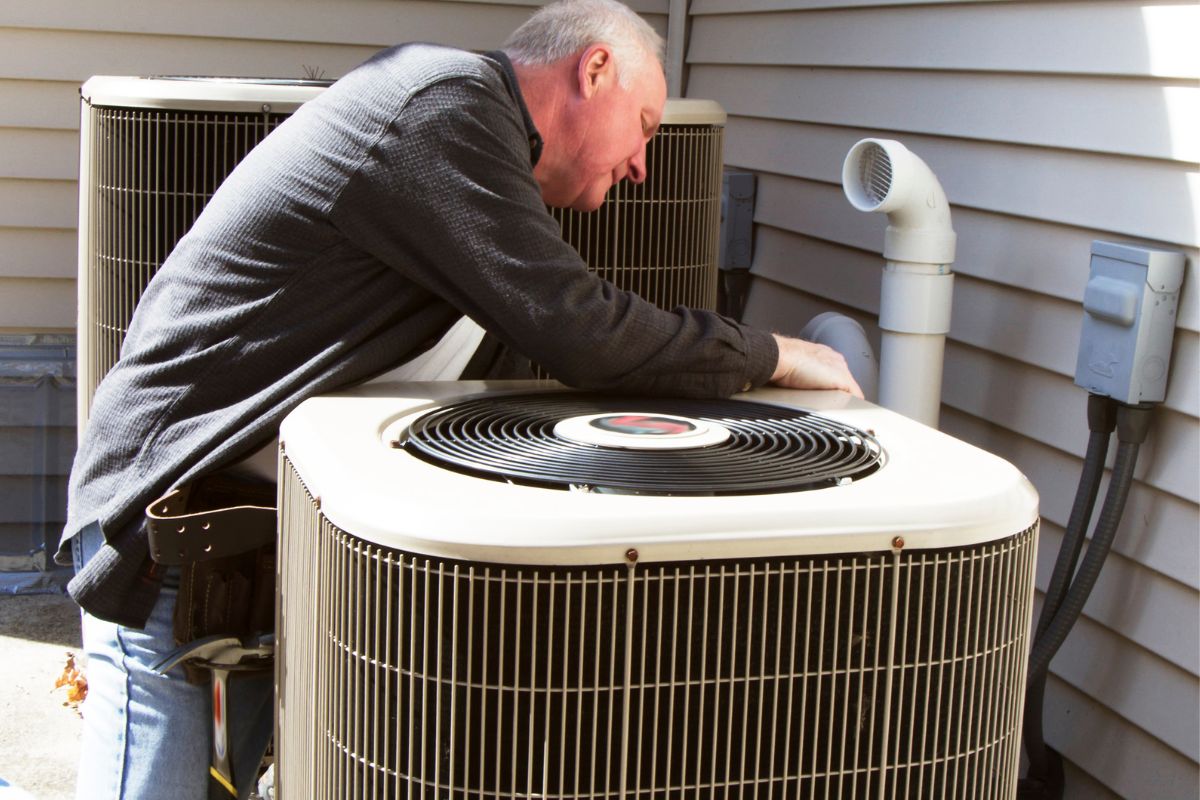
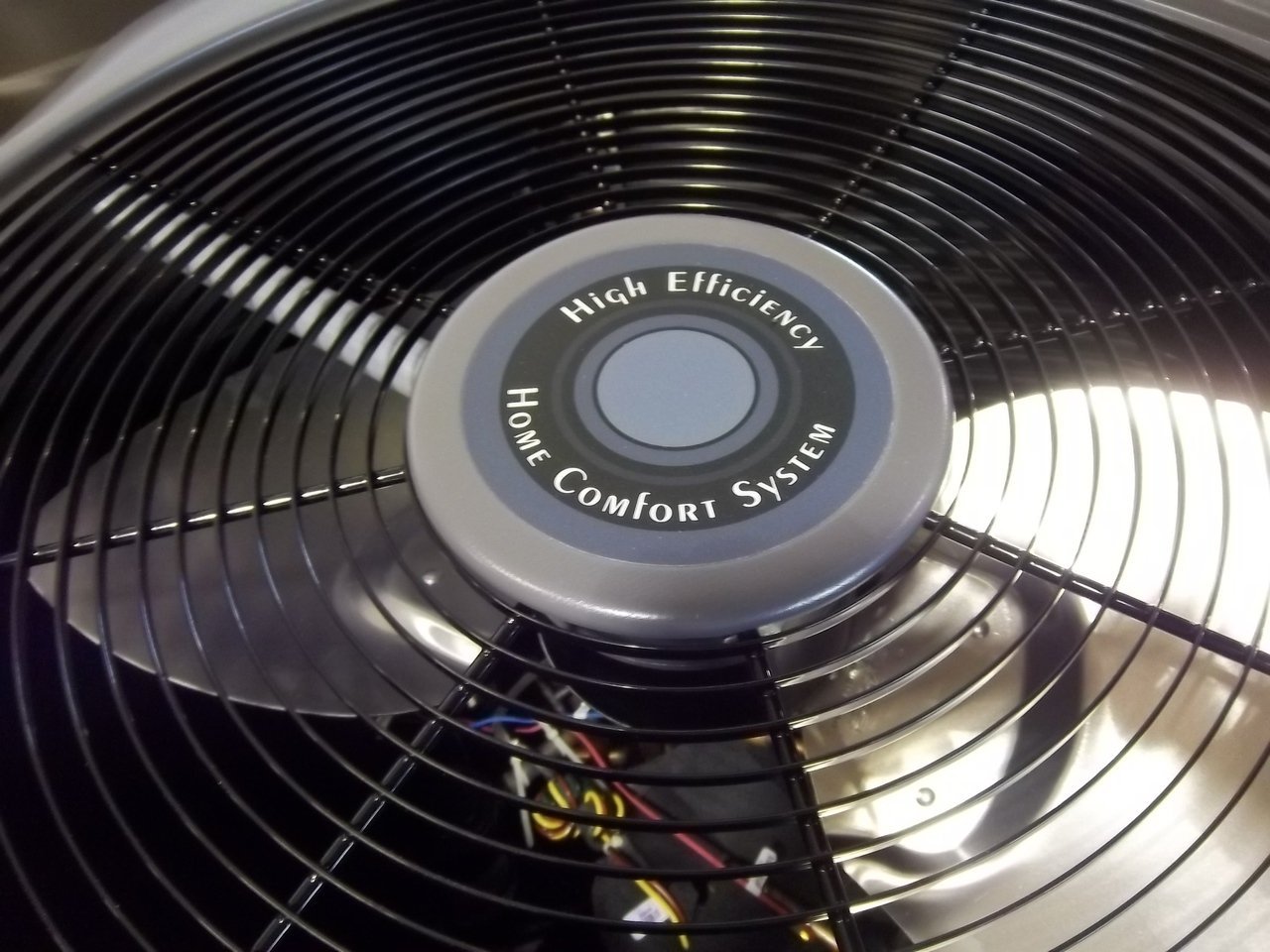
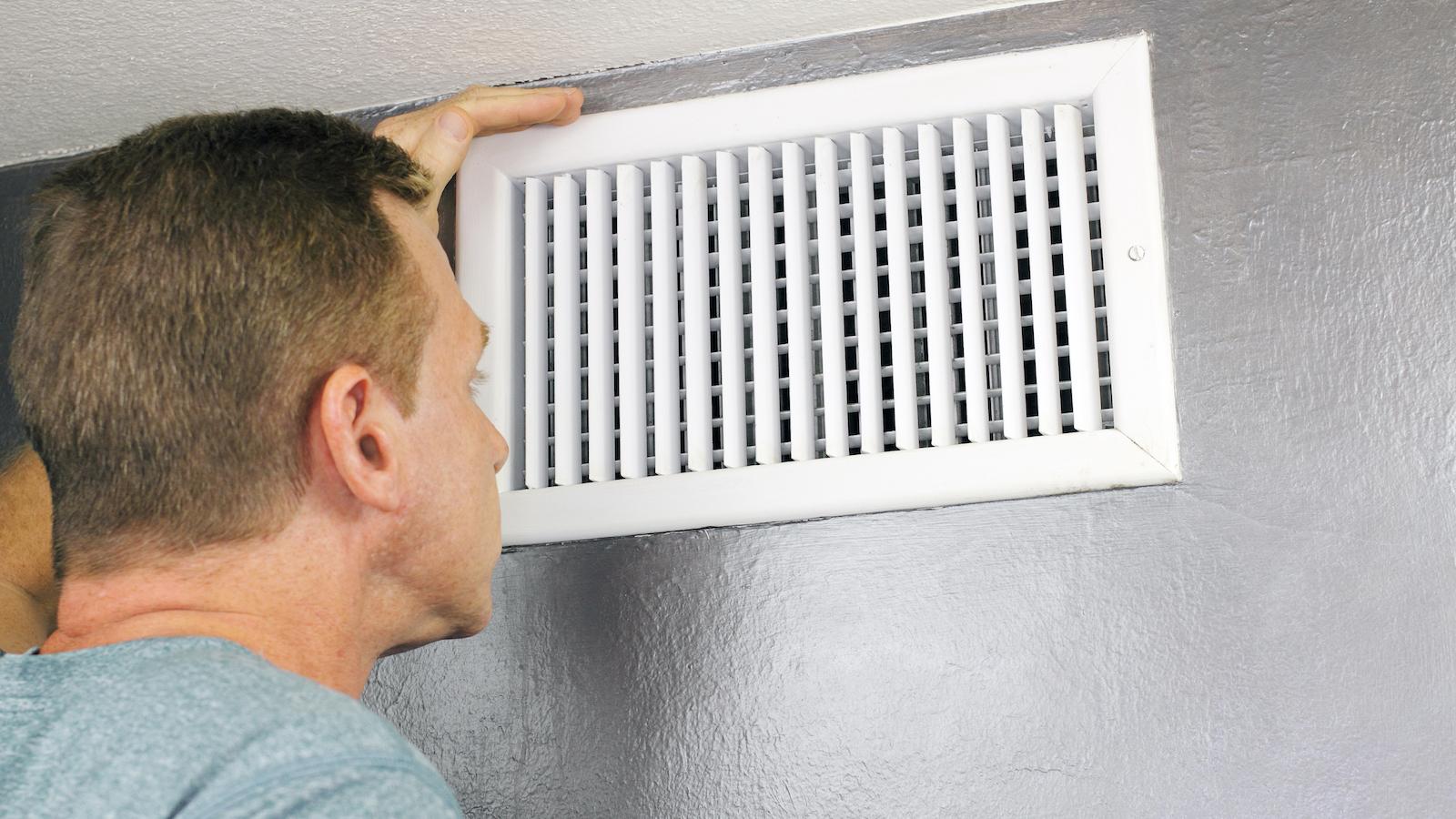
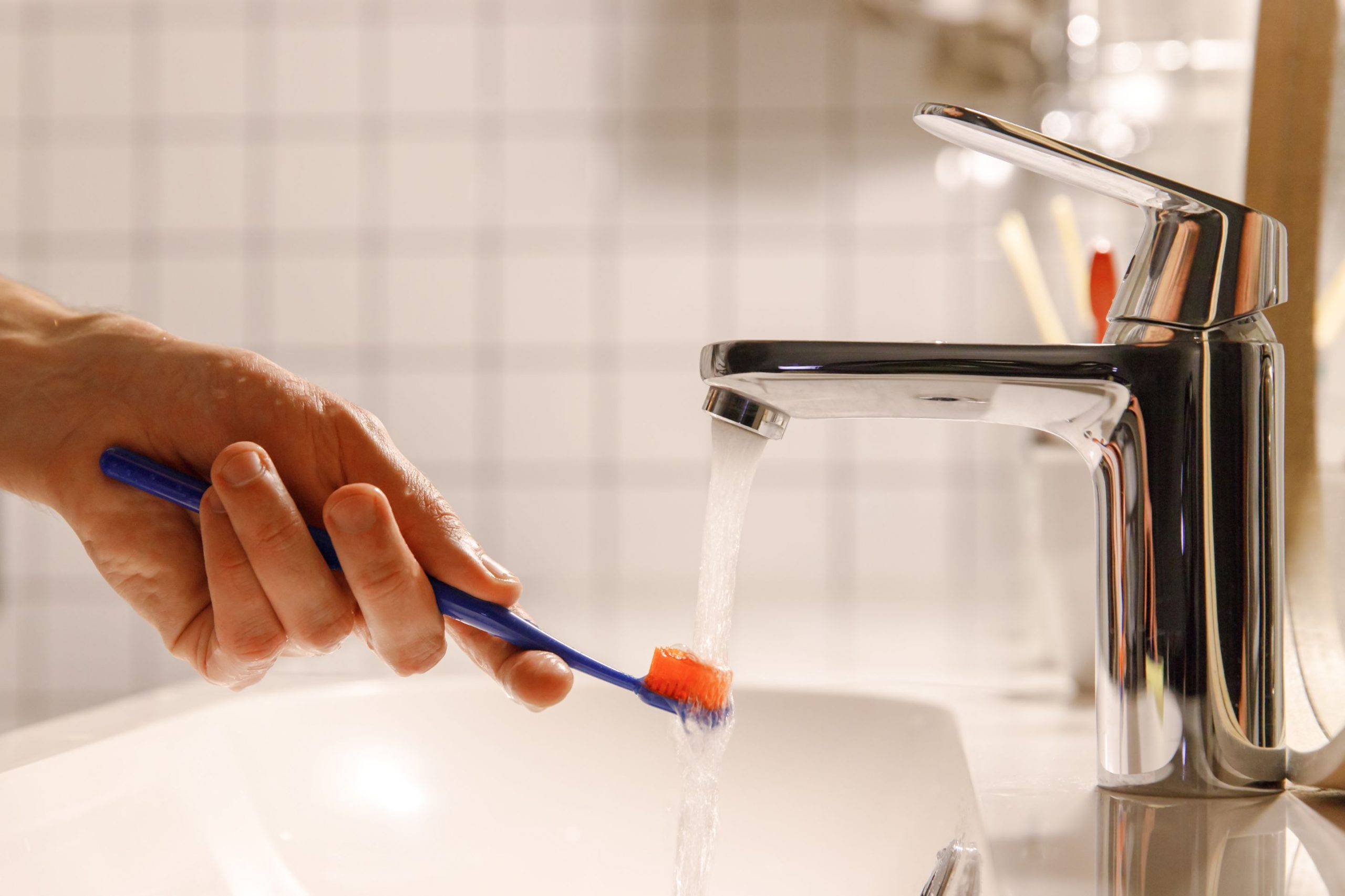
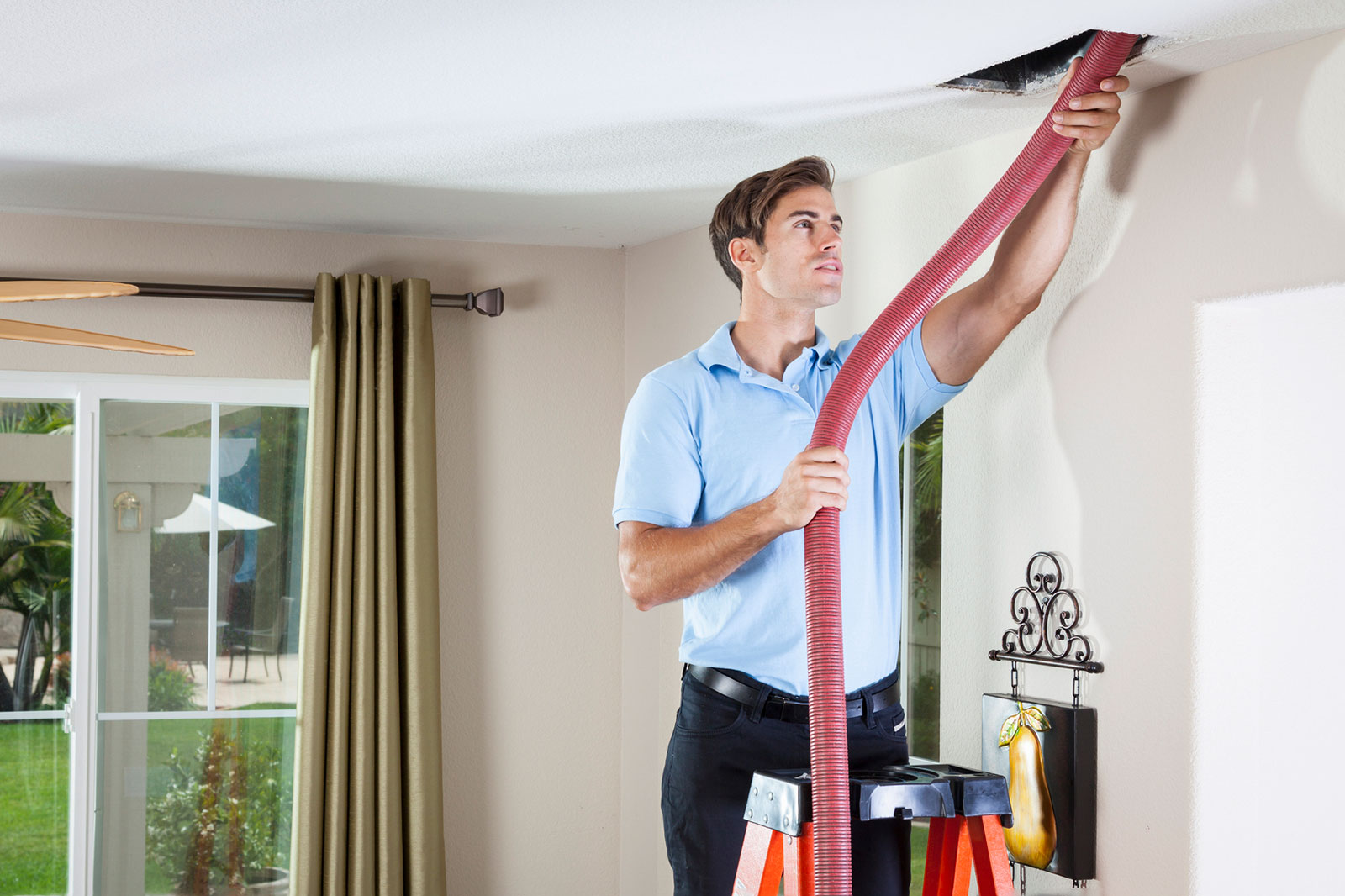

0 thoughts on “How To Clean My Ventilation System”